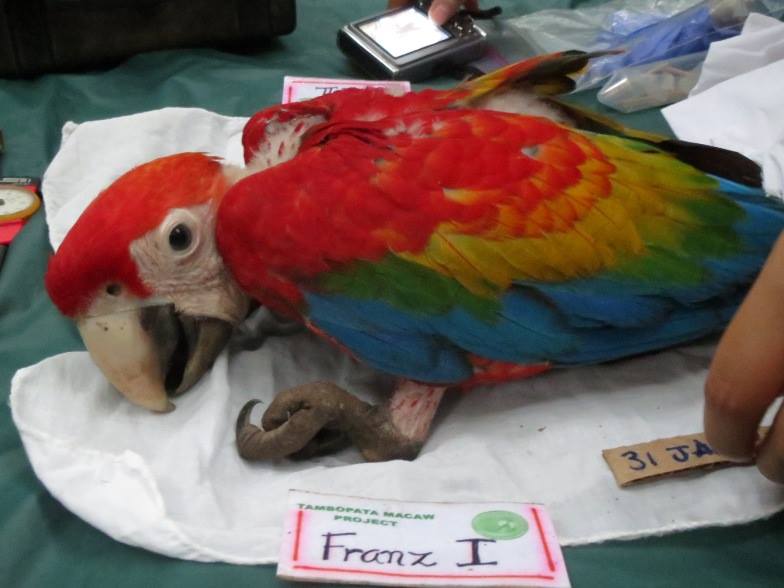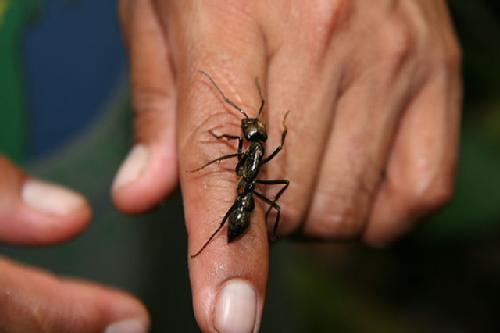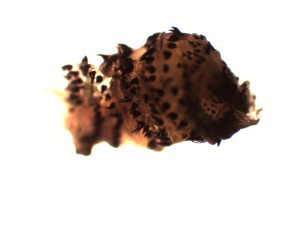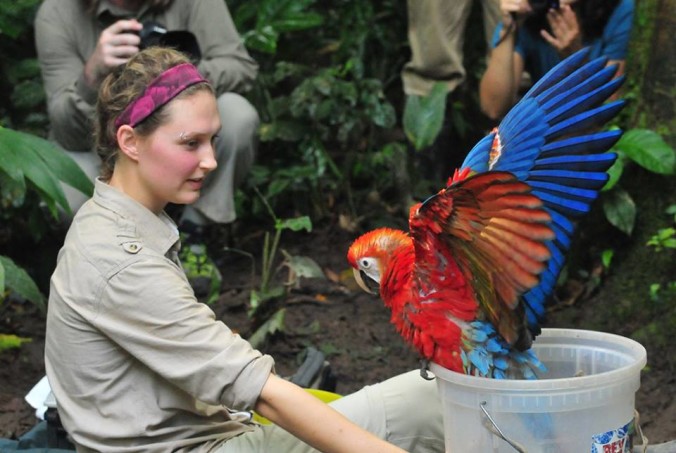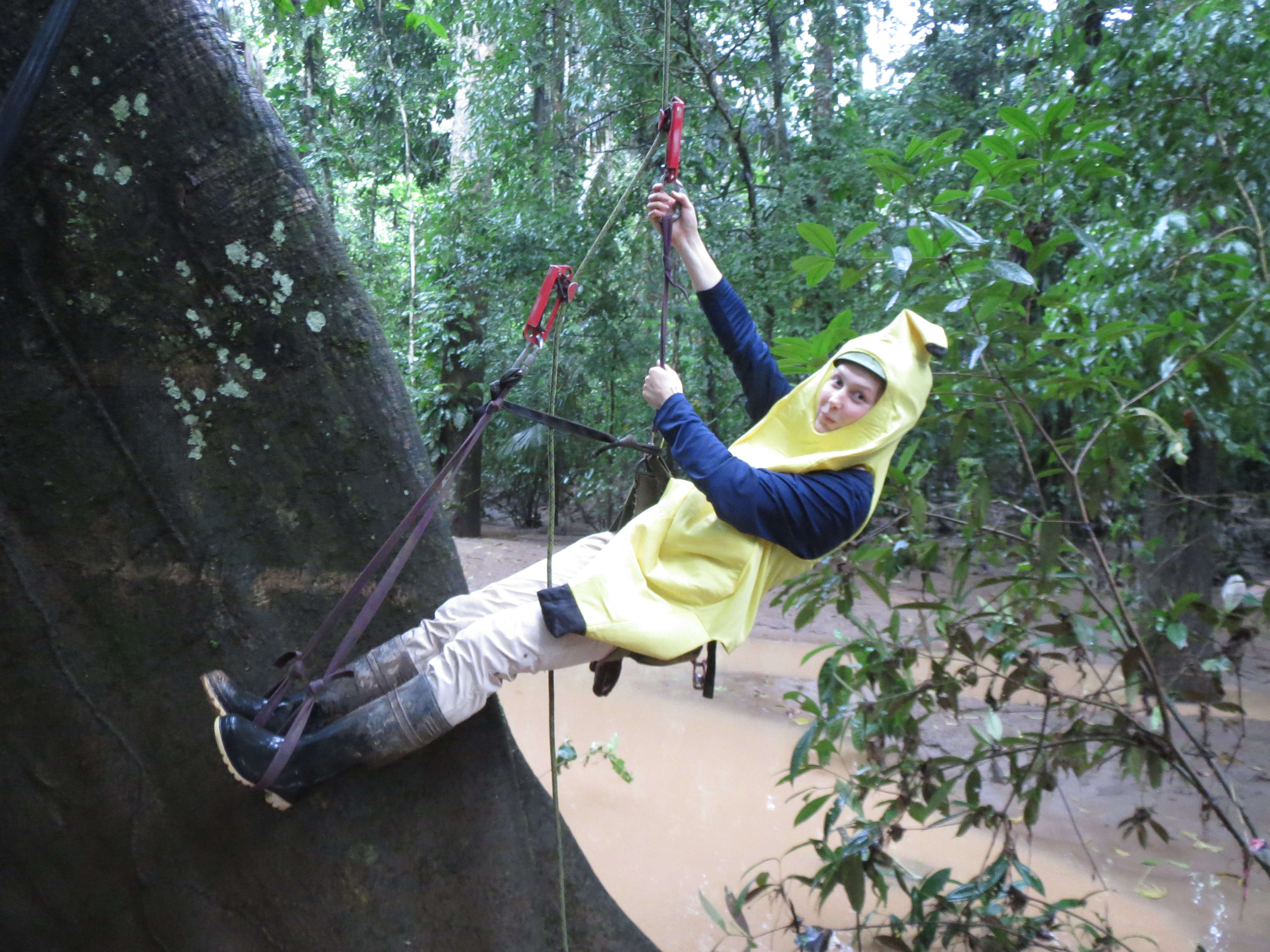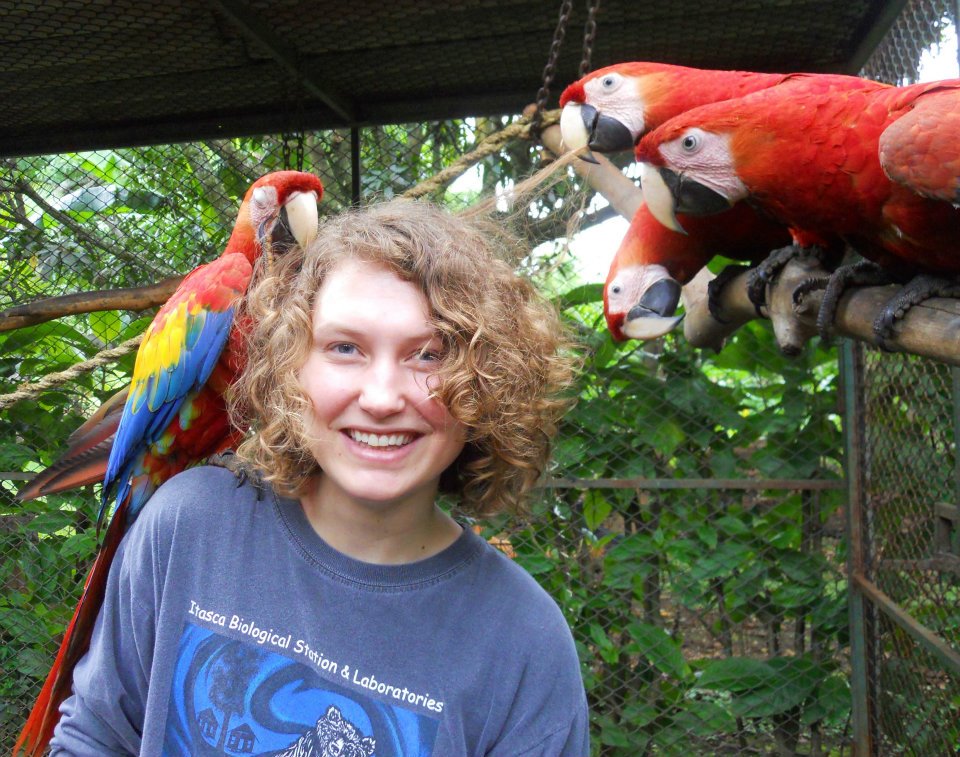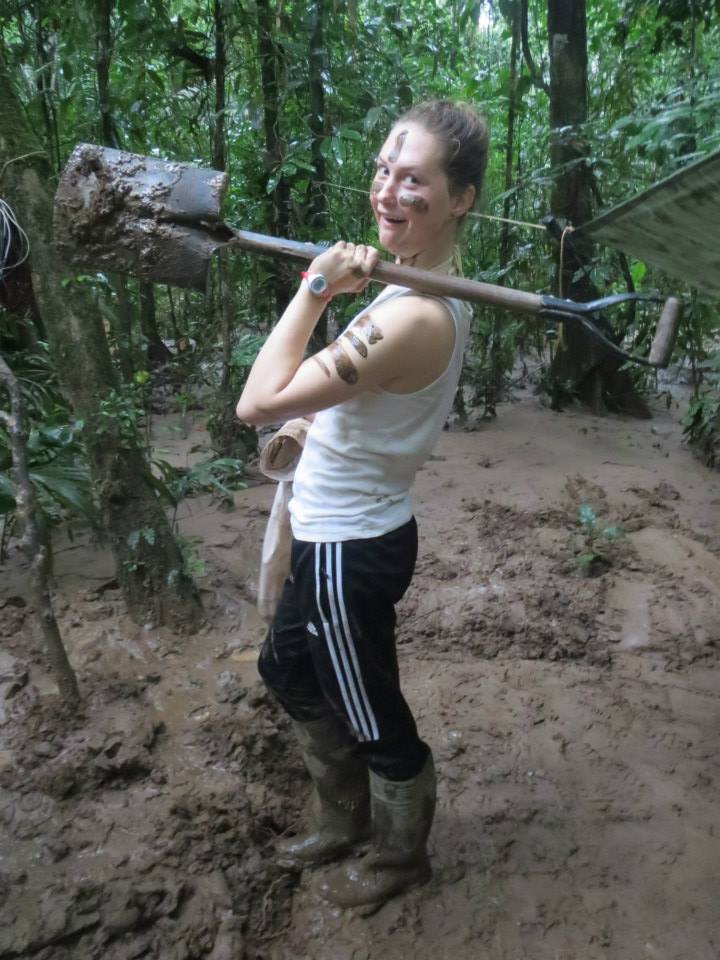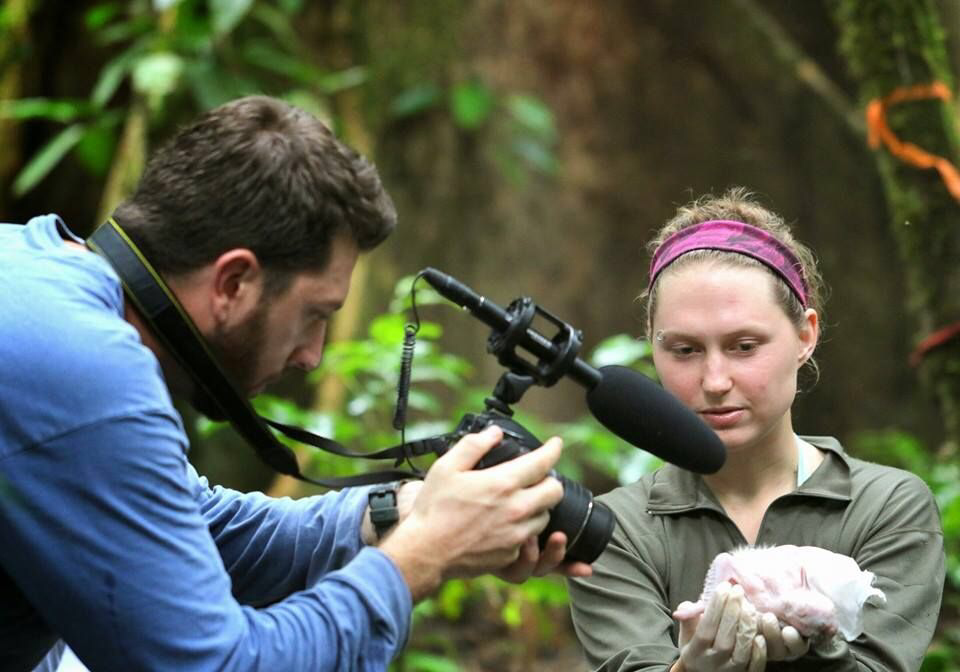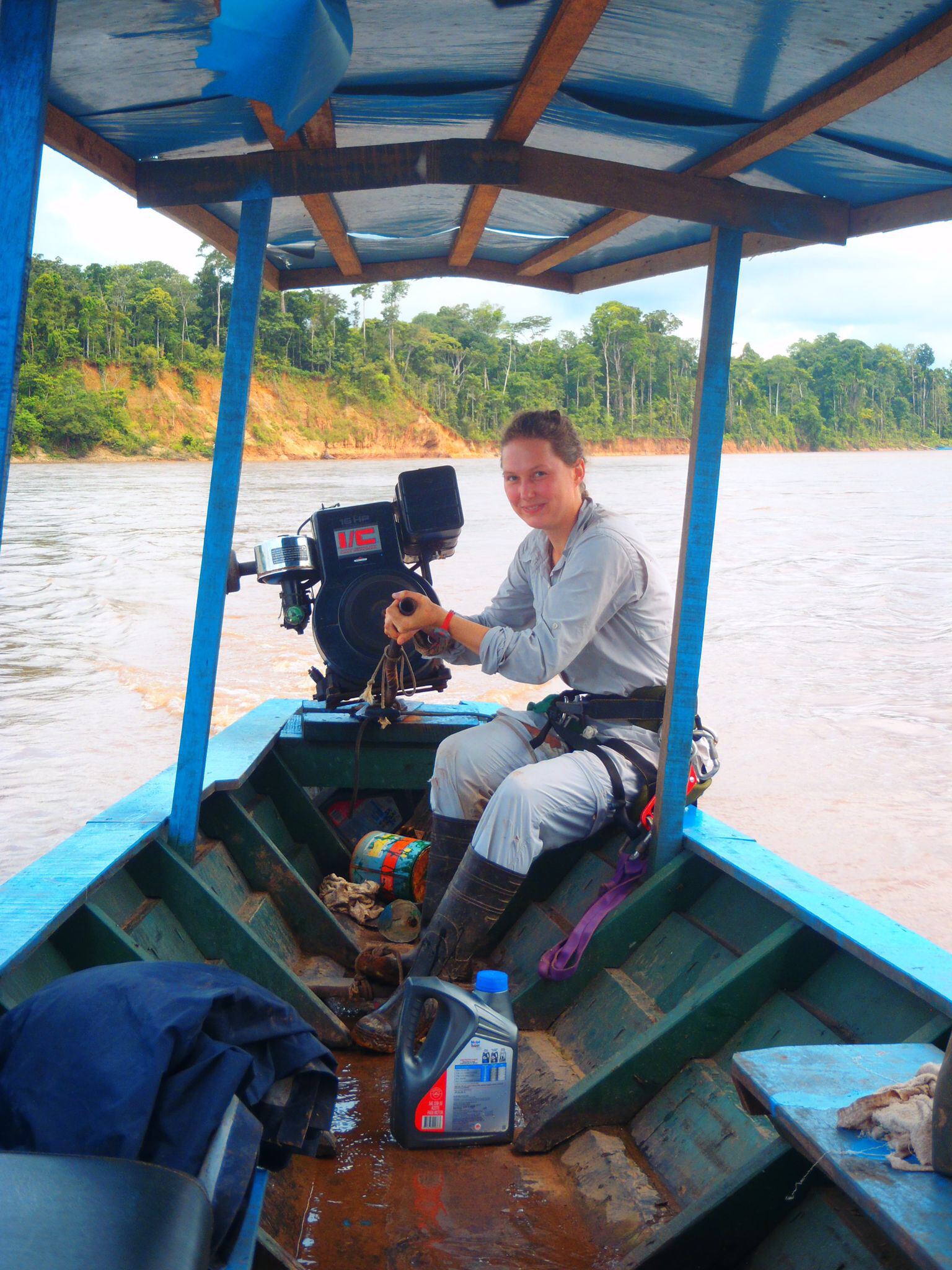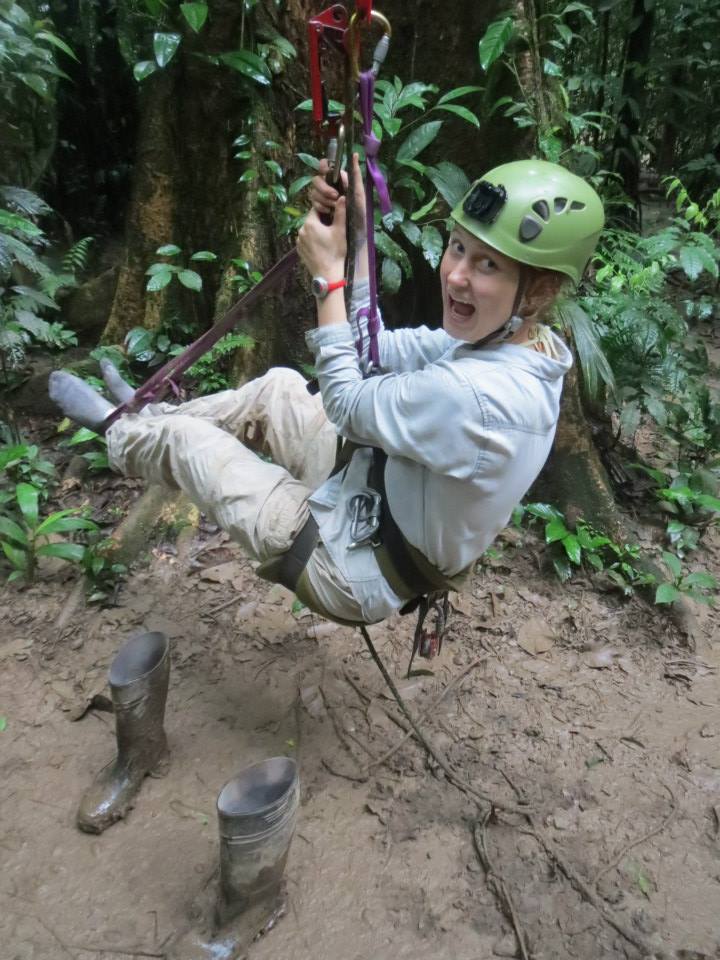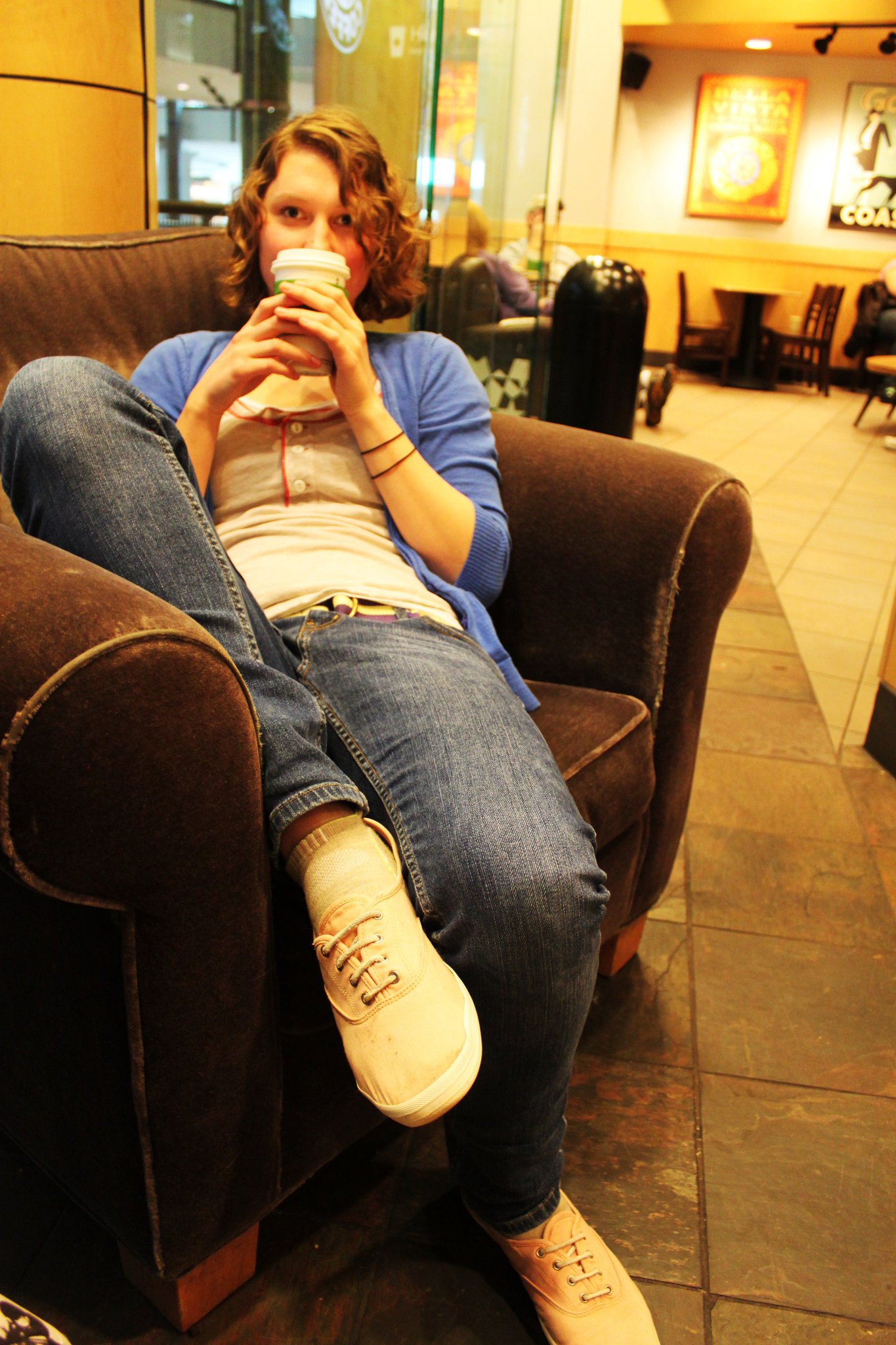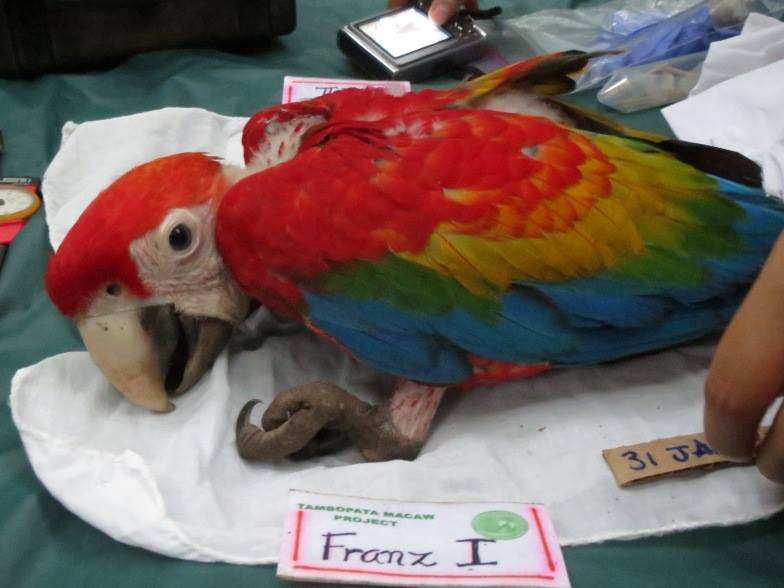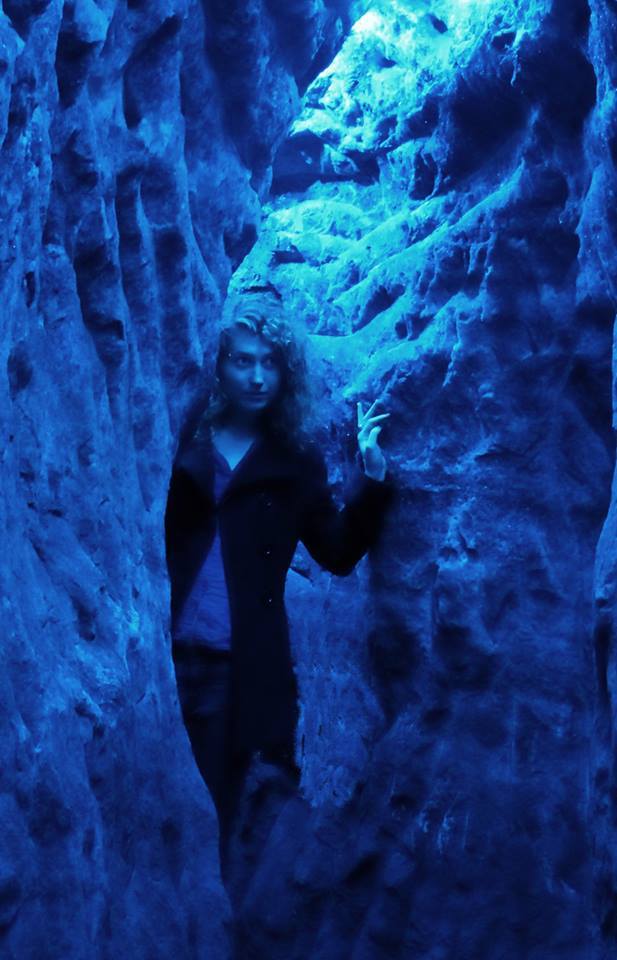In 2014 Allison Lee volunteered with the Tambopata Macaw Project lead by Dr. Donald Brightsmith and Rainforest Expeditions at the Tambopata Research Center in Peru.
Almost a year and a half later, she has finally managed to turn some of the video footage she took into time-lapse movies to share with you all. This is a glimpse into how biologists keep tabs on the growth and development of macaw chicks in the wild.
- The first time-lapse video (2x-4x speed) shows Allison reaching in to a natural nesting cavity 80 feet off the ground. The 15 day old macaw chick is naked and very unstable. The time-lapse accentuates this motion and makes it look even more so but she swears she was actually slow and gentle with him!
- The second time-lapse video shows Allison returning two scarlet macaw chicks, nearly ready to fledge at about 45 days, back to their artificial wooden nest 60 feet off the ground just as a downpour of rain strikes.
Now, some words from Allison:
Long long ago, in 2007 to be exact, I had heard about Tambopata Research Center through a coworker who was obsessed with birds. He had just gone on an eco-tourism trip to the jungle and suggested I do the same. I looked into the pricing and decided that spending $250/night to be whisked away deep into the Amazon Jungle was worth the adventure.
Tambopata Research Center is one of three beautiful lodges managed by Rainforest Expeditions, a Peruvian operated eco-tourism business. It is located along the Tambopata River near Puerto Maldonado in the heart of one of the world’s best ornithological hotspots for viewing macaws, parrots and other animals in the wild.
In 2008, I set off for my first visit into the jungle. It was beautiful. My inner shaman squealed at seeing all the peruvian delights and the sweeping rainforest canopy that you only see in aerial shots on nature TV. Here I was seeing it all live in person.
One evening at the lodge, a biology researcher gave the “tourists” a presentation about the Macaw Project. He explained the importance of these beautiful birds and explained the research led by Dr. Donald Brightsmith. At that moment I knew I had to find a way to come back as a volunteer scientist and get involved in jungle conservation.
…Years passed…
Fast forward five years to 2013. One day an email came to my inbox from the Ornithological Societies of North America (OSNA) listserv that I subscribed to detailing various volunteer positions available at the Tambopata Research Center working with biologists on the Macaw Project.
Macaws at TRC?! This was my long lost desire! No questions. I had to do it. The best part was, that as a volunteer you got to stay in the same lodge interacting with the wildlife at a mere $20 a day! Why did I ever come as a tourist?!
I spent three-awesome-filled weeks during the wet season mucking through flooded jungle trails, carrying a machete, swinging high in the tree tops anywhere from 40-100 feet off the ground, and handling the most gorgeous baby macaws. I also met a great group of people and even met the lovely young lady, Annie Hawkison, a biologist whose interview you can read if you click her name.
I thought the jungle would be a place I could relax and commune with nature. Quite the opposite. I was surrounded by a number of flesh eating bugs, stinging wasps and inch long ants that pack the punch of a bullet shot should you be unlucky enough to get stung. I was on edge the entire time.
Peru was generous enough to send me home with a gift; I managed to come back with parasites! Not just any parasites, but three bot fly larval parasites. You can read about that entire story here.
To read more about Allison Lee’s experiences doing research in the jungles of Peru see her website here.
To see more photos click here.
To read more about the project and find out how you can become a volunteer, click here.
Share this:
